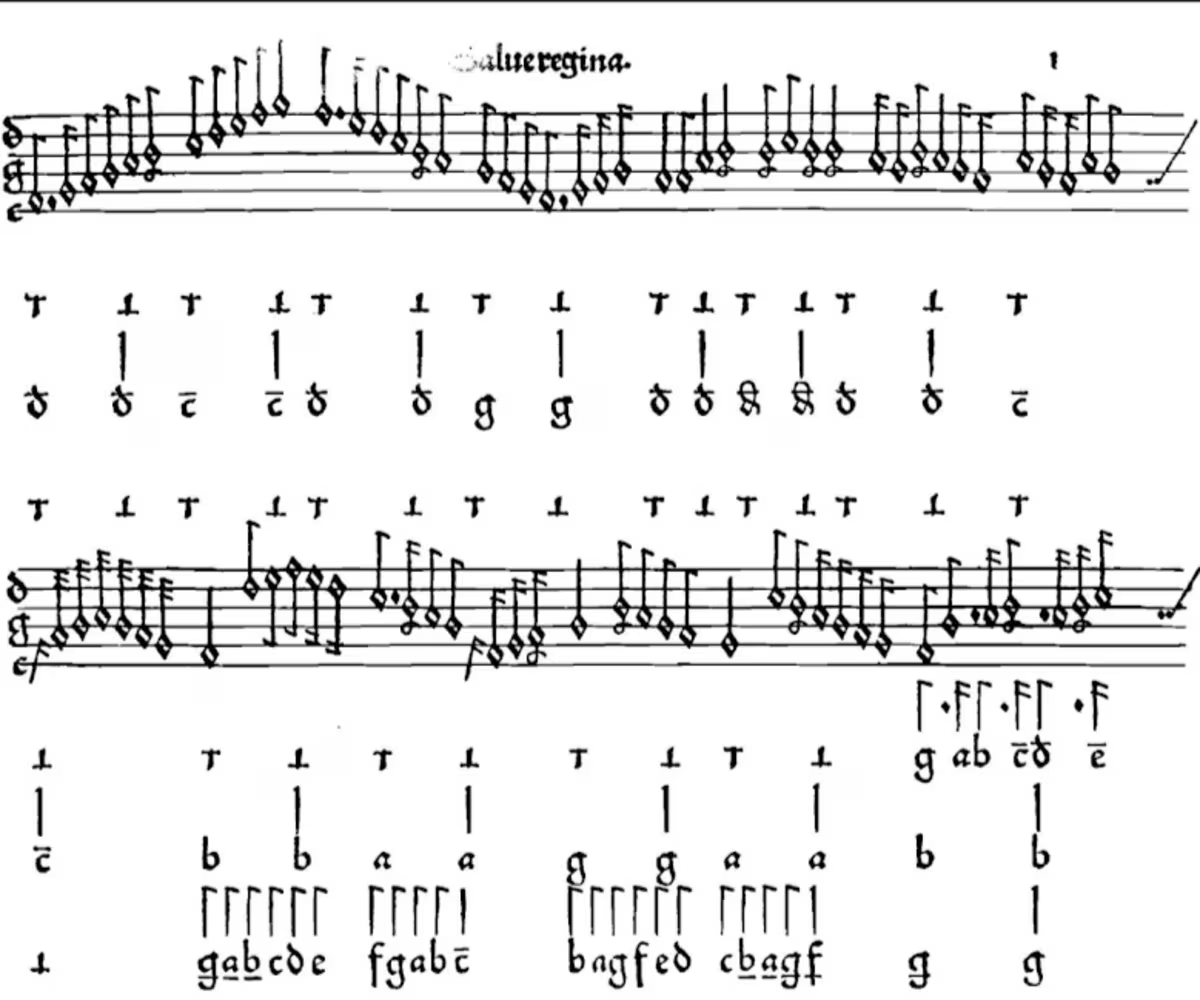Andrew Benson-Wilson
Arnolt Schlick: Tabulaturen etlicher lobgesang (1512)
"One of the truly great masterpieces of organ art"

In 1511, he published the Spiegel der Orgelmacher und Organisten, the first German treatise on organ building and performance. The following year, he published the Tabulaturen etlicher lobgesang und lidlein uff die orgeln un lauten ('Tablatures of Several Canticles and Songs for the Organ and Lute'). Conveniently, the twelve organ pieces of the Tabulaturen fit into the length of a lunchtime recital.
The large-scale opening Salve Regina could well have been composed in Heidelberg in February 1511 for the marriage of Schlick’s patron, Elector Ludwig V to Sibylle von Bayern. It has been described as "one of the truly great masterpieces of organ art". The concluding three Da pacem pieces seem to have been composed for organ recital rather than liturgical use. The other pieces in the collection are miscellaneous, some possibly based on vocal models. The whole collection shows the early development of complex keyboard music using the full resources of the Renaissance organ, including complex pedal lines.
The 1991 Grosvenor Chapel organ is by the distinguished organ builder: William Drake. It is based on the 1732 Abraham Jordan organ and uses the original case.
 Mayfair Organ Concerts
Mayfair Organ Concerts Tue, 5 August 2025
Tue, 5 August 2025 Grosvenor Chapel
Grosvenor Chapel 1:10pm
1:10pm Retiring collection
Retiring collection
Full Event Details

Arnolt Schlick was one of the most important of the influential group of late Renaissance German organ composers known as the Colorists. Others include Conrad Paumann and Paul Hofhaimer. He lived and worked in the important university city of Heidelberg. In his late 20s, he was appointed court organist to the Palatinate Elector. In 1486 played the organ for the coronation of the Habsburg Maximilian I as the King of the Romans, heir to the Holy Roman Empire.
In 1511, he published the Spiegel der Orgelmacher und Organisten, the first German treatise on organ building and performance. The following year, he published the Tabulaturen etlicher lobgesang und lidlein uff die orgeln un lauten ('Tablatures of Several Canticles and Songs for the Organ and Lute'). Conveniently, the twelve organ pieces of the Tabulaturen fit into the length of a lunchtime recital.
The large-scale opening Salve Regina could well have been composed in Heidelberg in February 1511 for the marriage of Schlick’s patron, Elector Ludwig V to Sibylle von Bayern. It has been described as "one of the truly great masterpieces of organ art". The concluding three Da pacem pieces seem to have been composed for organ recital rather than liturgical use. The other pieces in the collection are miscellaneous, some possibly based on vocal models. The whole collection shows the early development of complex keyboard music using the full resources of the Renaissance organ, including complex pedal lines.
The 1991 Grosvenor Chapel organ is by the distinguished organ builder: William Drake. It is based on the 1732 Abraham Jordan organ and uses the original case.
Venue Details & Map

Location
Grosvenor Chapel
South Audley Street, Mayfair, London W1K 2PA

